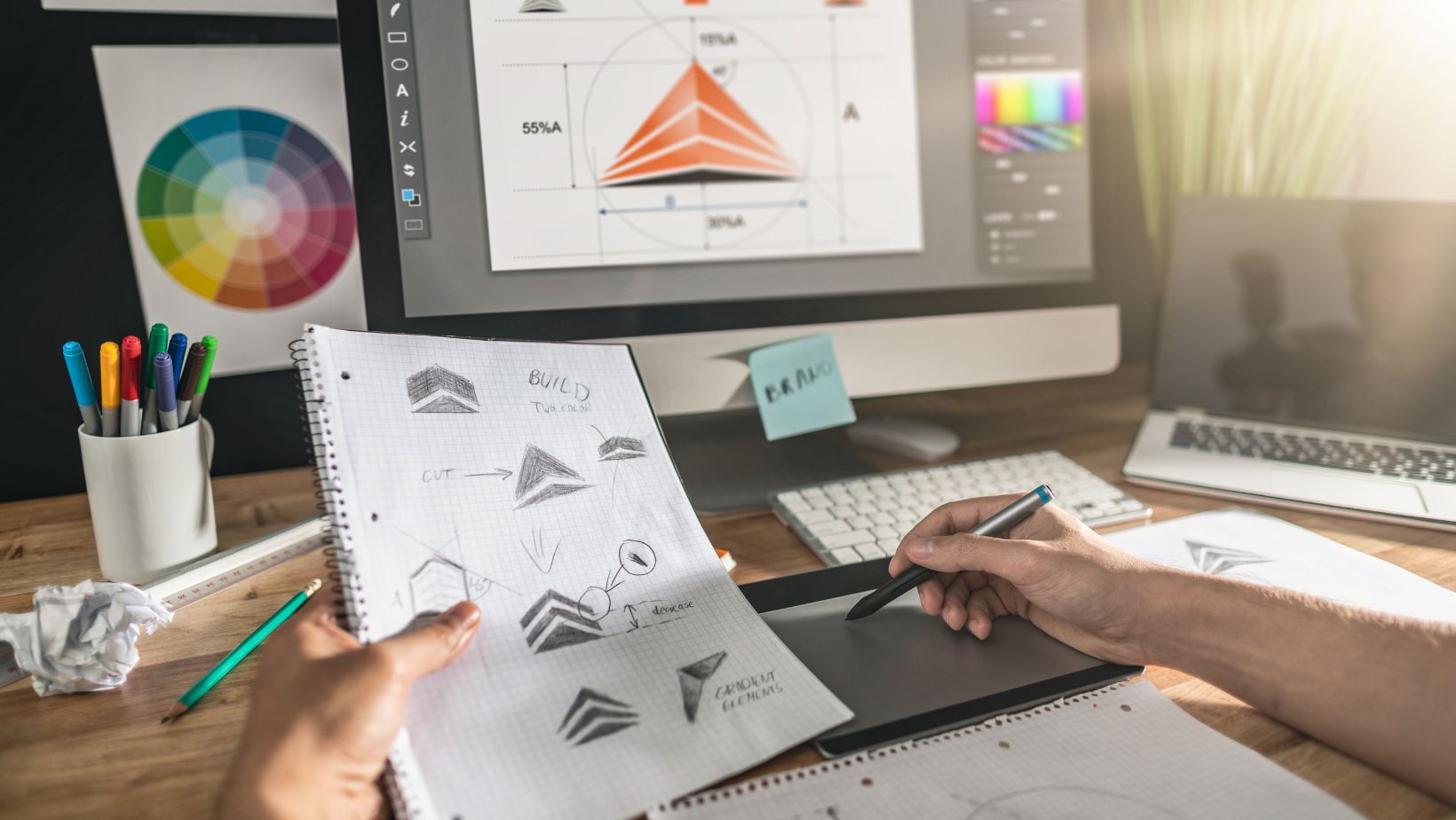Table of Contents
ToggleHow to Use the Shape Builder Tool in Illustrator
Are you looking to master the shape builder tool in Illustrator? Well, you’ve come to the right place! In this article, I’ll walk you through everything you need to know about using this powerful tool. Whether you’re a beginner or an experienced user, understanding how to effectively use the shape builder tool can greatly enhance your design workflow.
The shape builder tool is a versatile feature that allows you to combine and modify shapes effortlessly. With just a few simple clicks, you can create complex shapes, merge objects together, or even divide them into separate parts. It’s like having a digital sculpting tool at your fingertips!
Throughout this tutorial, I’ll provide step-by-step instructions on how to use the shape builder tool effectively. From selecting and combining shapes to adjusting paths and creating custom designs – we’ll cover it all. By the end of this article, you’ll be equipped with the knowledge and skills needed to make the most out of Illustrator’s shape builder tool.
Preparing Your Workspace
Organizing Your Tools
When it comes to using the Shape Builder tool in Illustrator, having an organized set of tools is essential. Before diving into your project, take a moment to ensure that you have easy access to all the necessary tools.
One way to organize your tools is by customizing your toolbar. You can remove any unnecessary tools and arrange them in a way that suits your workflow. By doing this, you’ll have a cleaner and more efficient workspace, allowing you to focus on using the Shape Builder tool effectively.
Arranging Your Workspace
In addition to organizing your tools, arranging your workspace can greatly enhance productivity. Take advantage of Illustrator’s customizable interface by arranging panels and windows according to your preferences.
For instance, if you frequently use the Pathfinder panel alongside the Shape Builder tool, consider placing them side by side for quick access. Similarly, resizing panels or docking them together can help streamline your workflow and save valuable time.
Setting Up Your Artboard
Before getting started with the Shape Builder tool, it’s important to set up an appropriate artboard size for your project. Consider factors such as the final output size and any specific requirements from clients or print vendors.
Having a properly sized artboard ensures that you have enough space to work comfortably without compromising on quality or precision. It also allows for better organization of shapes within the artboard boundaries when using the Shape Builder tool.

Selecting and Combining Shapes Using the Shape Builder Tool
Selecting and combining shapes using the Shape Builder tool in Illustrator is a powerful feature that allows you to create complex artwork with ease. In this section, I’ll guide you through the steps of utilizing this tool effectively.
To begin, make sure you have multiple shapes on your artboard that you want to combine. You can select these shapes individually by clicking on them while holding down the Shift key, or you can use the Selection tool to drag a marquee around them.
Once you have your shapes selected, activate the Shape Builder tool by pressing Shift + M on your keyboard or by selecting it from the Tools panel. The Shape Builder cursor will appear as a plus sign (+) inside a circle.
Now, it’s time to start combining those shapes! To do this, simply click and drag across areas where you want overlapping shapes to merge together. As you drag, Illustrator dynamically creates new paths based on your interactions.
If there are any areas where you don’t want the shapes to combine, hold down the Alt key (Option key on Mac) as you click and drag over those specific sections. This action will subtract those areas from the resulting shape.
Remember that while using the Shape Builder tool, it’s essential to pay attention to which color fills and strokes are applied to each shape. The color attributes of the merged shape will be determined by whichever shape had the topmost position in terms of layer order.
You can continue adding or subtracting different parts of your design with precision until achieving your desired outcome. If at any point during this process, something doesn’t look right or if there’s an accidental combination that needs correcting, simply press Ctrl+Z (Cmd+Z on Mac) to undo your last action.






